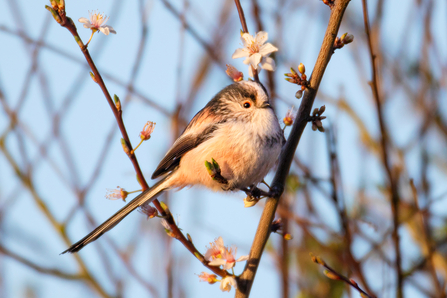
Long-tailed tit by Jon Hawkins - Surrey Hills Photography
Long-tailed tit by Jon Hawkins - Surrey Hills Photography

Long-tailed tit by Jon Hawkins - Surrey Hills Photography
March is a busy month for birds, with many beginning to court and build nests. Living up to their name, long-tailed tits - or 'flying teaspoons' as they are affectionately known - are acrobatic feeders, hunting out insects and spiders among the branches and leaves of trees. In gardens where food is provided, they will readily feed on suet pellets.
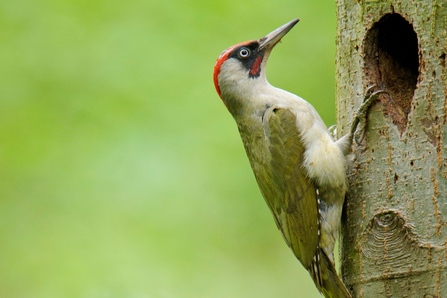
Green woodpecker by Andrew Mason
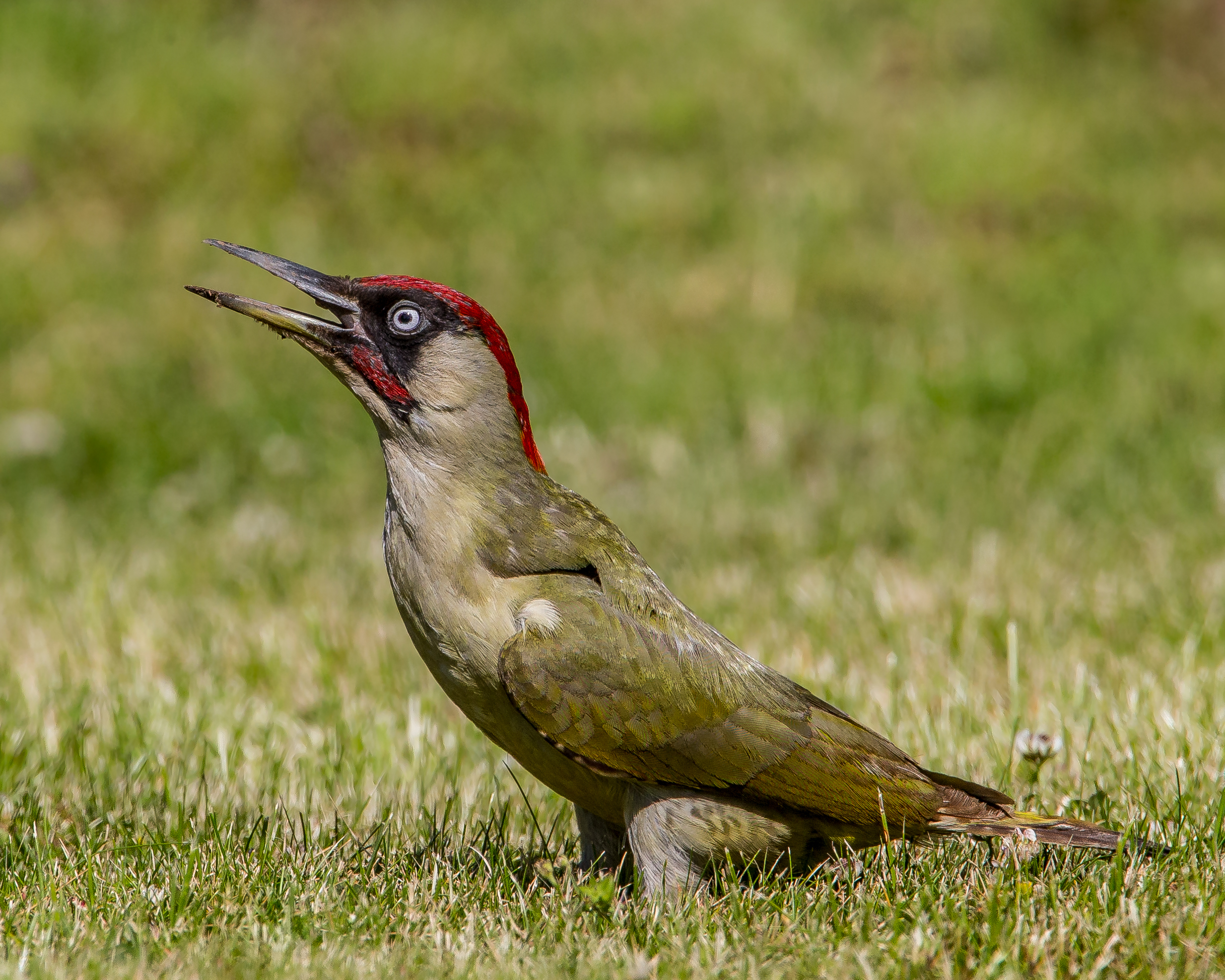
Britain's three resident species of woodpecker (greater, lesser and green) are looking to establish territories this month. Green woodpeckers rarely drum on trees, they prefer to communicate with loud, laughing calls described as a 'yaffle'.
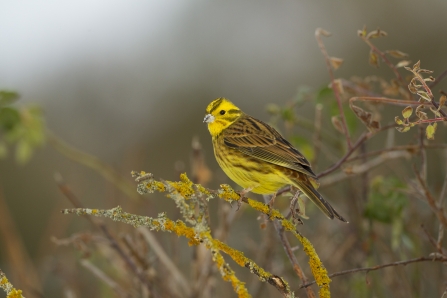
Yellowhammer by Mark Hamblin/2020VISION
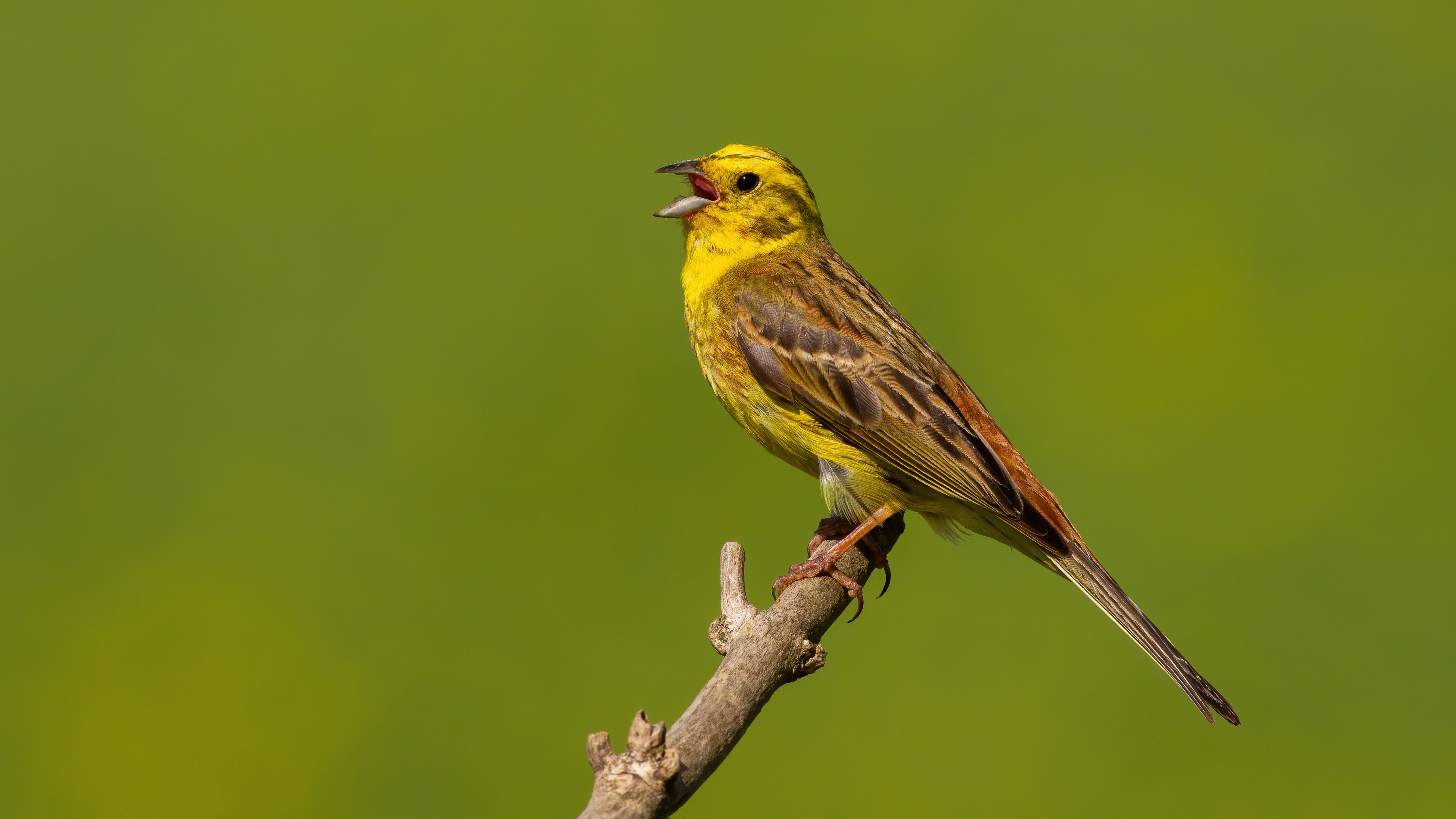
Coming into its bright yellow breeding plumage, the yellowhammer might be our best-known bunting. Often seen perched high on a shrub or tree, this colourful little songbird is a welcome sight (and sound) of spring.
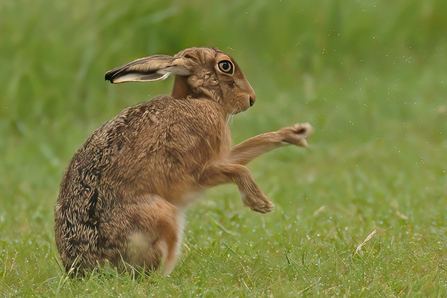
Brown hare by Russell Savory
Mad as a March hare? As the nights shorten, the breeding activity of brown hares continues into daylight. Amorous males are looking to mate. They can be seen chasing females but this attention can be unwanted - that’s when the boxing begins! These fast and furious displays are an extraordinary spring spectacle.
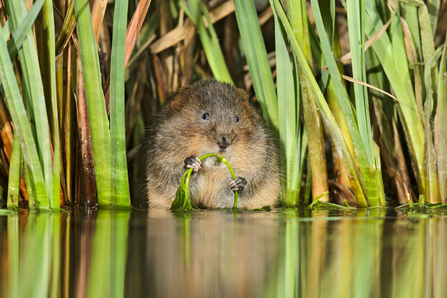
Water vole by Terry Whittaker/2020VISION
It’s worth checking river banks and canal sides this month as water voles are starting to resume activity, having spent most of the winter largely restricted to their burrow system. They are mostly active during the day, sitting on their hind feet and feeding on grass stalks held in their front paws.
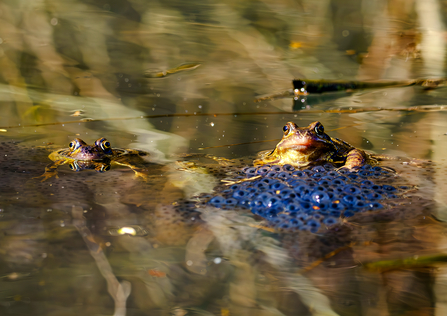
Common frogs guarding frogspawn by Denes Dobai
There should be plenty of frogspawn in ponds and pools by now. Garden ponds are extremely important for common frogs, particularly in urban areas - as shown in the above image by Denes Dobai, winner of the Urban Nature category in our 2023 Photography Competition.
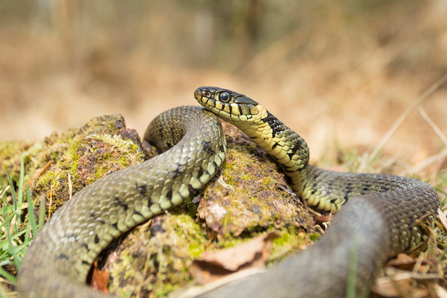
Grass snake by Jamie Hall
Grass snakes emerge from hibernation and resume activity during the spring. You might be lucky to see one basking in the sun on warmer days. Frogs, toads and newts are a grass snake’s favoured prey, but they will also take fish, small mammals and birds.
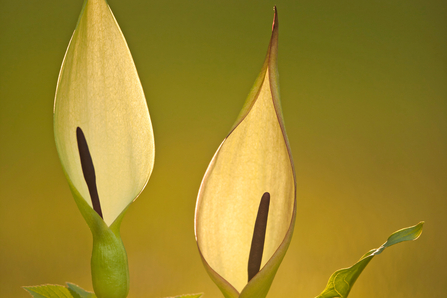
Cuckoo pint by Guy Edwardes/2020VISION
Look for the unusual flowers of lords-and-ladies in spring woodlands: a pale green sheath surrounds a spike of tiny, yellow flowers. This spike eventually forms a familiar, short stalk of striking red berries. The botanical name for this shade-loving plant is Arum maculatum, commonly known as cuckoo pint.
Inkpen Crocus Field by Pete Hughes
The crocus is a member of the Iridaceae or Iris family. It is not native to Britain, yet it is a welcome naturalised, early spring flower. Visit BBOWT's Inkpen Crocus Field this month to witness thousands of these purple and white blooms.
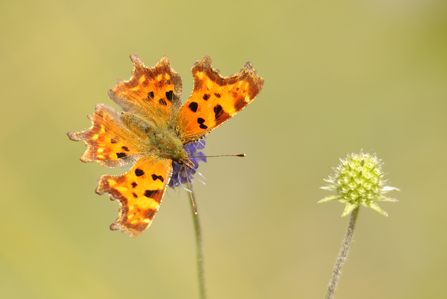
Comma butterfly by Amy Lewis
The vibrant orange wings of a comma can help to brighten any March day. Commas are seen early in the year because, like brimstones, peacock butterflies and small tortoiseshells, they hibernate as adults and begin to stir with a rise in air temperature. Look for them basking in the warmth, for example on the sunny side of a tree trunk.